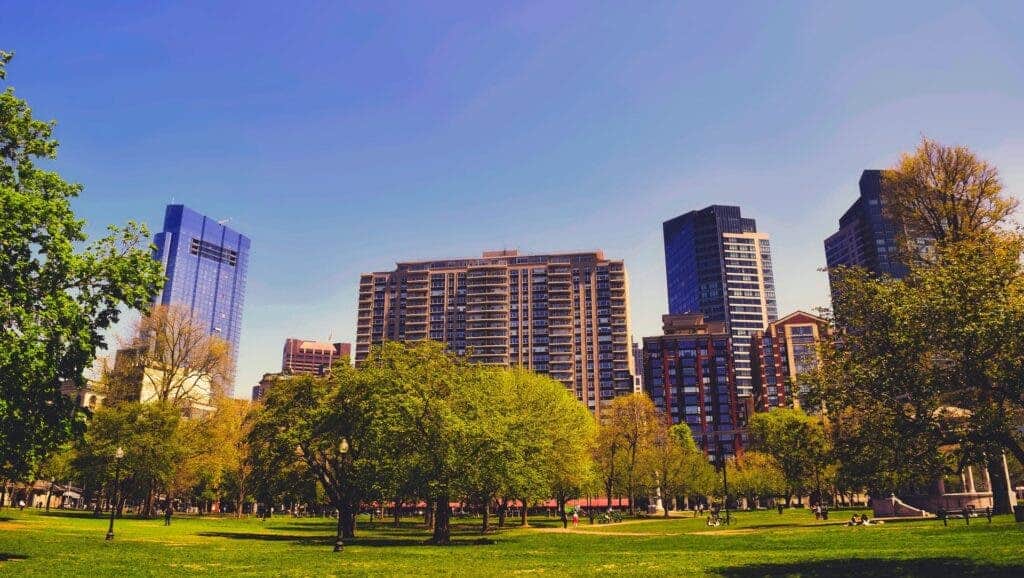Dry waste from urban trees in the US, such as leaves and cuttings, could be diverted from landfills and incinerators, where much of it currently ends up, and instead be reused to grow trees, lower emissions and reduce logging, a new study found. It’s a massive resource that the US currently of over 45 million tons of tree waste every year that the country currently just throws away.

Researchers from Yale University looked at the environmental footprint of urban tree waste in the US and evaluated the effects of different disposal methods. They found that recycling dry waste would significantly reduce emissions leaking from landfills, estimating could be equivalent to 28% of the total agricultural emissions of the US.
“Cities have lots of trees and they will not live forever,” study co-author Yuan Yao, professor of industrial ecology and sustainable systems, said in a statement. “You also have leaves and other tree waste. We wanted to investigate different ways we could use this waste, the potential pathways and benefits, to create something of value.”
Trees and circularity
For the study, the researchers carried out a life cycle assessment that quantified the environmental benefits of reusing, repurposing, or recycling organic material. They tested a combination of different pathways to treating waste, from low use like landfills to optimal use like biochar, to see their impacts on greenhouse gas emissions.
Converting leaves into compost, wood into chips, and lumber or tree residues into biochar can be environmentally beneficial on several levels, they argued. “These products could be substitutes for materials such as fertilizers,” they wrote. Recycling wood for lumber can also store carbon for the long term and reduce logging.
The amount of yard waste in landfills has declined since 1990 but the US still throws away 10.5 million tons each year. Despite urban areas aren’t seen as big contributors to tree waste, they still have a big footprint. The US urban forest generates 25 million tons of leaf waste and 20 million tons of tree waste per year, previous studies have shown.
The researchers said some of the cities that would see the largest potential emissions reduction from diverting urban tree waste include Boston, Chicago, Atlanta, and New York. The most effective waste treatment method could vary by state based on their individually different situations. Northern states with dense forests could reduce their emissions by using leaves as compost, for example.
However, putting these ideas into practice is expected to be a long-term project. The paper acknowledges that a lack of municipal facilities and infrastructure and illegal dumping stands in the way of maximizing urban yard waste’s potential. Applying this circular economy concept to urban forests would also need to raise awareness about tree waste disposal methods.
“Our study demonstrates the potential benefits of applying circular economy principles to biomass waste in the urban environment to potentially combat with climate change,” study co-author of the study Kai Lan said in a statement. “This all aligns with the circular economy concept — turning waste into something of value.”
The study was published in the journal One Earth.






